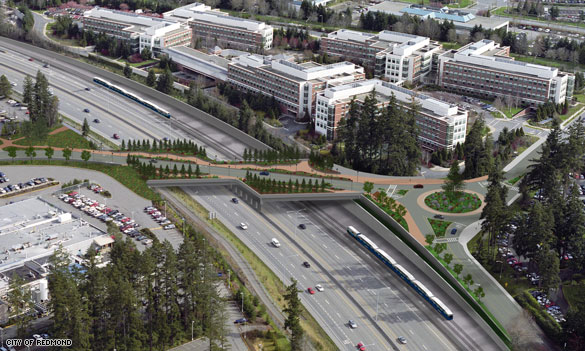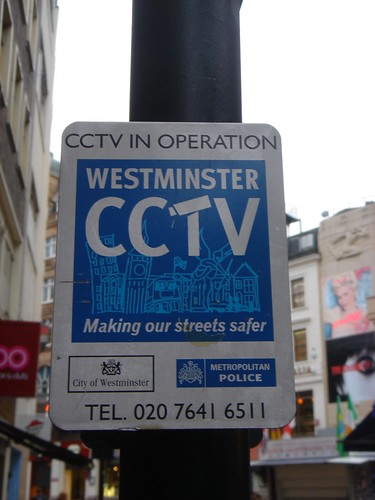General Motors Unveils Unprecedented Customer Protection Package – “GM Total Confidence”
General Motors has announced a new incentive program that it hopes will encourage people to enter the car buying market again. Called GM Total Confidence, the program has four prongs that includes Payment Protection if you lose your job, equity assistance if you trade in your vehicle later for another one from GM, one year of OnStar and the automaker’s 5-year/100,000-mile powertrain warranty. We’re already familiar with the last two components of GM’s Total Confidence program, so let’s focus on the first two. 
GM’s payment protection program is much like Hyundai’s Assurance Program in that the automaker will cover your payments in the event that you lose your job. GM’s program covers you for 24 months and will make up to nine payments valued at up to $500/month. According to GM, if you qualify for state unemployment benefits, you’ll qualify for the payment protection to kick in.
The last element of GM’s Total Confidence incentive program is equity assistance, or what GM calls Vehicle Value Protection. This part of the program will cover the difference between what you owe on your vehicle and its NADA Clean Retail Value when you trade it in for another GM vehicle. The idea is to wipe out any negative equity caused by vehicle depreciation when you move on to your next car.
The following is an exceprt from GM’s Press Release:
- Protects your Paycheck: ‘Payment Protection*’ provides up to nine months of payments on vehicle loans or leases ($500 max/month) if you lose your job for economic reasons. When looking for a job, you need a vehicle more than ever. ‘Payment Protection’ helps you get back on your feet.
- Protects your Investment: Once you are halfway through your finance contract, the customer qualifies for ‘Vehicle Value Protection.*’ This helps protect customers against uncertainty in the future used car market. For example, on a 60-month contract, you become eligible after the 30th month. Much as we’ve seen home prices decline in this tough market – and homeowners may owe more than the current resale value of their house – ‘Vehicle Value Protection’ provides peace-of-mind for customers when they want to go purchase another GM vehicle.
- Protects your Vehicle: GM’s 5 year/100,000 mile transferable powertrain limited warranty (whichever comes first) plus roadside assistance and courtesy transportation. GM protects your vehicle with the best coverage in the business – so you don’t have to worry. With the high quality of GM vehicles today, offering the best coverage only makes sense. See your dealer for warranty details.
- Protects your Family: One Year OnStar ‘Safety and Security’ Package. Knowing that OnStar is there if you should ever need them really makes a difference. With Automatic Crash Response, OnStar’s cutting-edge technology that protects your family when they travel. Visit onstar.com for more details.
The “GM Total Confidence” plan is available for vehicles purchased April 1 through April 30, 2009. For more information, please visit gmconfidence.com.







